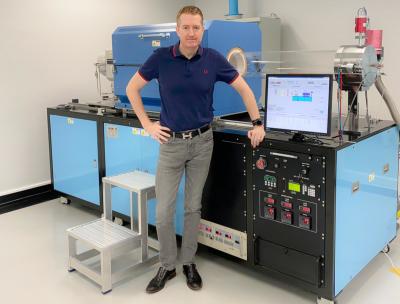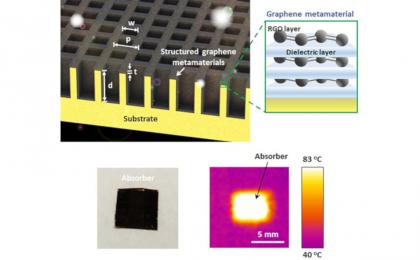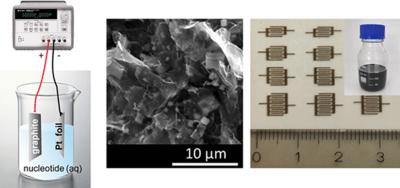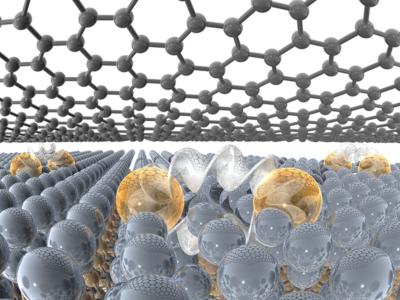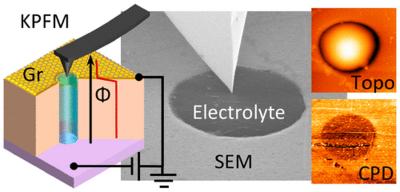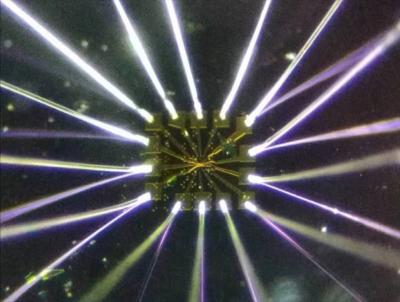Oxford Advanced Surfaces and 2-DTech to co-develop graphene-enhanced surface treatment materials
Oxford Advanced Surfaces (OAS) and 2-DTech (a Versarien subsidiary) has signed a collaboration agreement to develop a new range of products that incorporate graphene, into OAS’ proprietary Onto chemistry platform. OAS says these materials will enable it to enhance the mechanical performance and electrical and thermal conductivity of its products.
OAS says that its Onto chemistry platform delivers a range of versatile and reliable chemical surface treatments that are used to improve the adhesion of paints, coatings and adhesives to composite materials and engineering plastics. OAS aims to introduce a range of new products enhanced with graphene to address a wide range of applications and new materials challenges encountered in both its current and potentially new markets.
